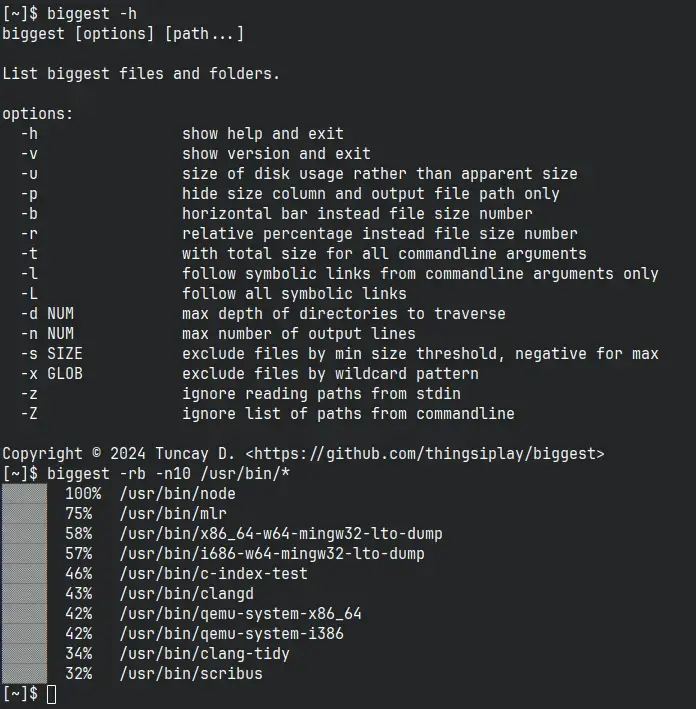Most of the switching posts are from frustrated windows users making the jump. I’m already a Linux user on my server (Ubuntu for now, going Debian at some point) and a 2014 iMac for tinkering/testing (KDE Neon), and a couple of raspberry pis (raspberry pi os headless) but our main household computer is an M1 Mac mini that my wife and I both use.
Lately I’ve been super frustrated with macOS.
- First, macOS just refuses to mount my USB 3 drives. I have a 1T seagate ssd and a 3T WD hdd (both exFat) and it just flat out refuses to see them. The same drives are visible and mount just fine on my server and the KDE iMac. On macOS, they’re invisible. They don’t auto mount, and they don’t show up in disk utility (gui or shell), which is really fucking annoying when I’m trying to move large files between machines
- I use Cryptomator to encrypt data on macOS, and because of their whole walled garden shtick and how they continue to lock out system extensions, macfuse routinely breaks, rendering it impossible to access my data on macOS. Again, on the KDE iMac, everything just works as it should. On the Mac It’ll throw me the enable the extension warning, so I enable it. Then it tells me I have to re-boot to actually use the extension. I reboot, and it throws the enable extension warning again. Fucking infuriating.
I hadn’t already pulled the trigger on Asahi because my wife uses the m1 more than I do, and I didn’t want to break anything she does. However today was the last straw as a task that should have taken me maybe 15 minutes took two hours of fighting with macOS. After talking with her she gave me the go ahead to install Asahi. It helps that she does most everything in the browser and that the install is a dual boot setup with macOS still available.
I used to love macOS. It felt so intuitive and while it was never flawless, it mostly just got the fuck out of my way so I could do the things I wanted and needed to do. I still love a lot about Apple hardware, but fuck that shit os. I’m happy to be running Linux on all of the computers in the house.
Now I just have to learn the Fedora differences, having used Debian derivatives up until this point.

